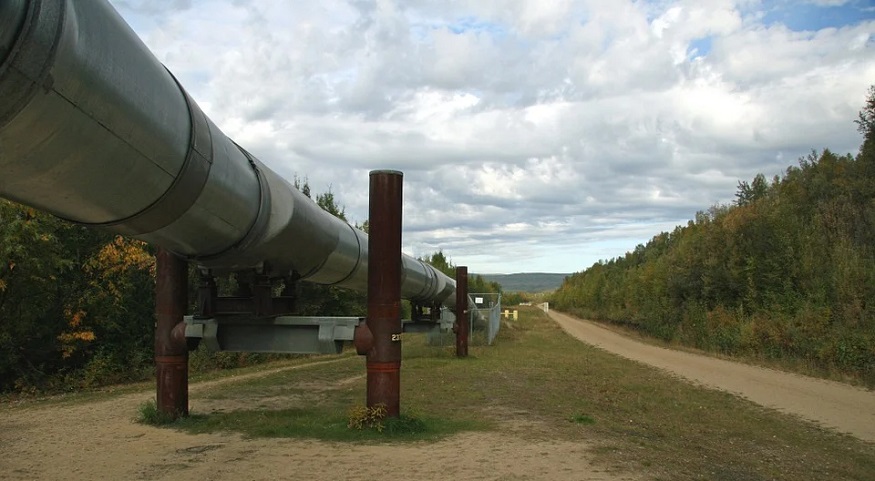
2019 saw record-breaking US renewable energy consumption
October 21, 2020The U.S. Energy Information Administration recorded the fourth consecutive record-breaking year.
Data from the U.S. Energy Information Administration (EIA) showed that US renewable energy consumption hit record breaking levels in 2019. This was the fourth consecutive year for breaking records.
The United States reached 11.5 quadrillion Btu (11 percent of total American energy consumption).
The new “US renewable energy consumption by source and sector” chart the EIA published in the Monthly Energy Review illustrated the amount of renewable power is consumed by its source in each sector.
In the publication, the EIA uses a conversion of different energy sources into common heat units (Btu) in order to compare the various forms of energy. The reason is that different energy forms are frequently measured in units that can’t be directly compared with each other. For instance, kilowatt hours of wind energy versus gallons of biofuels. The EIA also uses equivalence in fossil fuels in order to calculate basic energy consumption of non-combustible renewables such as hydro, wind, solar and geothermal power.
US renewable energy takes certain very specific forms within the country.
For example, wind energy generated by turbine farms in the United States is nearly exclusively used for generating electricity in the electric power sector. It comprised about 24 percent of the American renewable power consumption total for 2019. In fact, in that year, wind surpassed hydro electricity as the top consumed renewable power source, according to the EIA.
Wood and waste energy (which includes wood pellets, wood, and landfill biomass waste) comprised another 24 percent of the total. Electric, commercial and industrial power facilities use these sources for electricity generation for producing heat as well as manufacturing goods. Only about 2 percent of American homes used wood as a primary heat source last year.
Hydroelectric power is generated nearly exclusively by water-powered turbines for electricity generation. This was produced for the electric power sector and comprised about 22 percent of US renewable energy consumption last year. The consumption of this form of energy has remained  nearly the same since the 1960s. That said, seasonal rainfall and drought conditions affect this type of power generation.
nearly the same since the 1960s. That said, seasonal rainfall and drought conditions affect this type of power generation.



 HFN News is your leading source for fresh hydrogen and renewable energy updates. Amid the fast-paced growth of hydrogen companies, we provide top-notch news and insights about this exciting sector. Our coverage spans from hydrogen cars to global sustainable initiatives, and we highlight the latest in green jobs and developing hydrogen hubs. We invite you to share your local hydrogen news and explore today’s renewable energy job listings on our site. Thanks for choosing HFN News as your trusted guide to the hydrogen and renewable energy world!
HFN News is your leading source for fresh hydrogen and renewable energy updates. Amid the fast-paced growth of hydrogen companies, we provide top-notch news and insights about this exciting sector. Our coverage spans from hydrogen cars to global sustainable initiatives, and we highlight the latest in green jobs and developing hydrogen hubs. We invite you to share your local hydrogen news and explore today’s renewable energy job listings on our site. Thanks for choosing HFN News as your trusted guide to the hydrogen and renewable energy world!